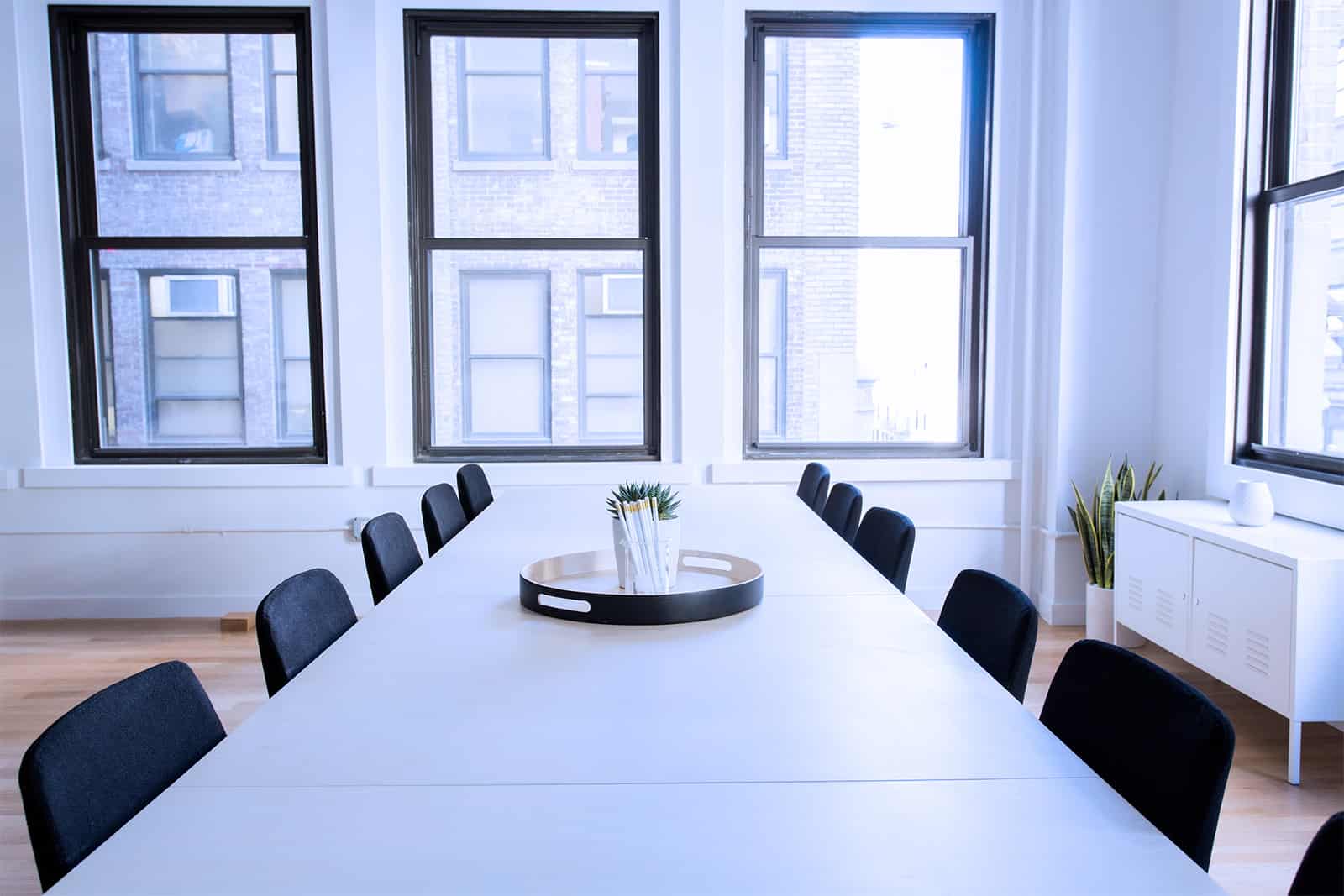Teamwork has become a fundamental component of successful organizations. A collaborative environment helps teams work efficiently, share ideas, and achieve goals together. As a result, designing an office for teamwork has become a priority for many organizations. But, designing an office for teamwork can be challenging. A collaborative environment requires careful consideration of several factors, including the physical workspace, the company culture, and the tools and technology available.
The Importance of Collaboration
Collaboration in the workplace can lead to higher productivity, greater creativity, and better problem-solving. A collaborative environment encourages individuals to share their ideas and skills, work together towards a common goal, and learn from one another. As a result, organizations are increasingly focusing on creating a culture of collaboration, with open-plan offices becoming more popular than ever.
Designing an Open-Plan Office
Open-plan offices have become the go-to design for collaboration. The layout removes barriers between team members and encourages communication. However, it is important to consider the downsides of open-plan offices, including distractions and noise. Designers can address these issues by incorporating different zones for various activities, such as quiet areas for focused work, breakout spaces for collaboration, and meeting rooms for formal discussions.
Creating a Collaborative Culture
Designing a collaborative environment is not just about the physical workspace; it is also about creating a culture of collaboration. This involves encouraging teamwork, recognizing individual contributions, and fostering a sense of community. Managers can support a collaborative culture by setting clear goals, providing opportunities for development, and encouraging team-building.
Enhancing Collaboration through Enviroment
Technology plays a critical role in collaboration in the workplace. Cloud-based tools and communication platforms, such as Slack and Microsoft Teams, allow team members to collaborate in real-time, no matter where they are. Furniture can also support teamwork, creativity, and communication. This can include modular furniture that can be rearranged for different activities, comfortable seating, and standing desks. Designers should also consider the aesthetic appeal of the furniture to inspire. Art and design can have a profound impact on a collaborative environment. Decorative elements such as murals, artwork, and plants can enhance creativity. Incorporating branding elements can also foster a sense of community and identity.
Providing Spaces for Both Collaborative and Individual Work
Encouraging movement and physical activity can go along way to a more productive and creative team. Sitting in the same position for extended periods can lead to several health issues, including obesity, cardiovascular diseases, and poor posture. To promote physical activity, its essential to create spaces that encourage movement. Standing desks and active breaks can be great ways to promote physical activity. Additionally, having amenities such as an on-site gym can provide employees with opportunities for exercise they may not have otherwise.
Ensuring a comfortable and ergonomic workspace frees the mind to concentrate and think. An uncomfortable workspace can lead to reduced productivity and work-related injuries. Providing comfortable and ergonomic workspaces is essential for employee well-being. Ergonomic chairs, adjustable desks, and monitors can help reduce the strain on employees’ bodies and improve posture.
Balancing Collaborative Spaces
Collaborative workspaces can be a breeding ground for noise, which can lead to distractions. Balancing acoustics in collaborative spaces can help reduce noise levels and promote a conducive work environment. Acoustic panels, sound-absorbing materials, and white noise machines can be used to create a more noise-free environment in collaborative spaces.
Natural light and greenery can have a significant impact on employee well-being and productivity. Exposure to natural light can help regulate the circadian rhythm, which can lead to improved sleep and reduced stress levels. Incorporating greenery into the workspace can also help reduce stress levels and promote a sense of well-being.
A clean and organized workspace can significantly improve employee productivity and reduce stress levels. Keeping the workspace clean and organized can also help prevent the spread of germs and reduce the risk of work-related injuries. It is essential to encourage employees to maintain a clean workspace by providing adequate trash bins, storage spaces, and cleaning supplies.
Is a Collaborative Environment Right for Your Office?
Designing an office for teamwork is an essential aspect of creating a collaborative environment. By considering the characteristics of a collaborative office, involving employees in the design process, and using tech, an organization can foster an officespace that benefits everyone. Overcoming challenges such as balancing privacy and managing noise levels requires creative solutions. Encouraging teamwork and open communication is essential.






